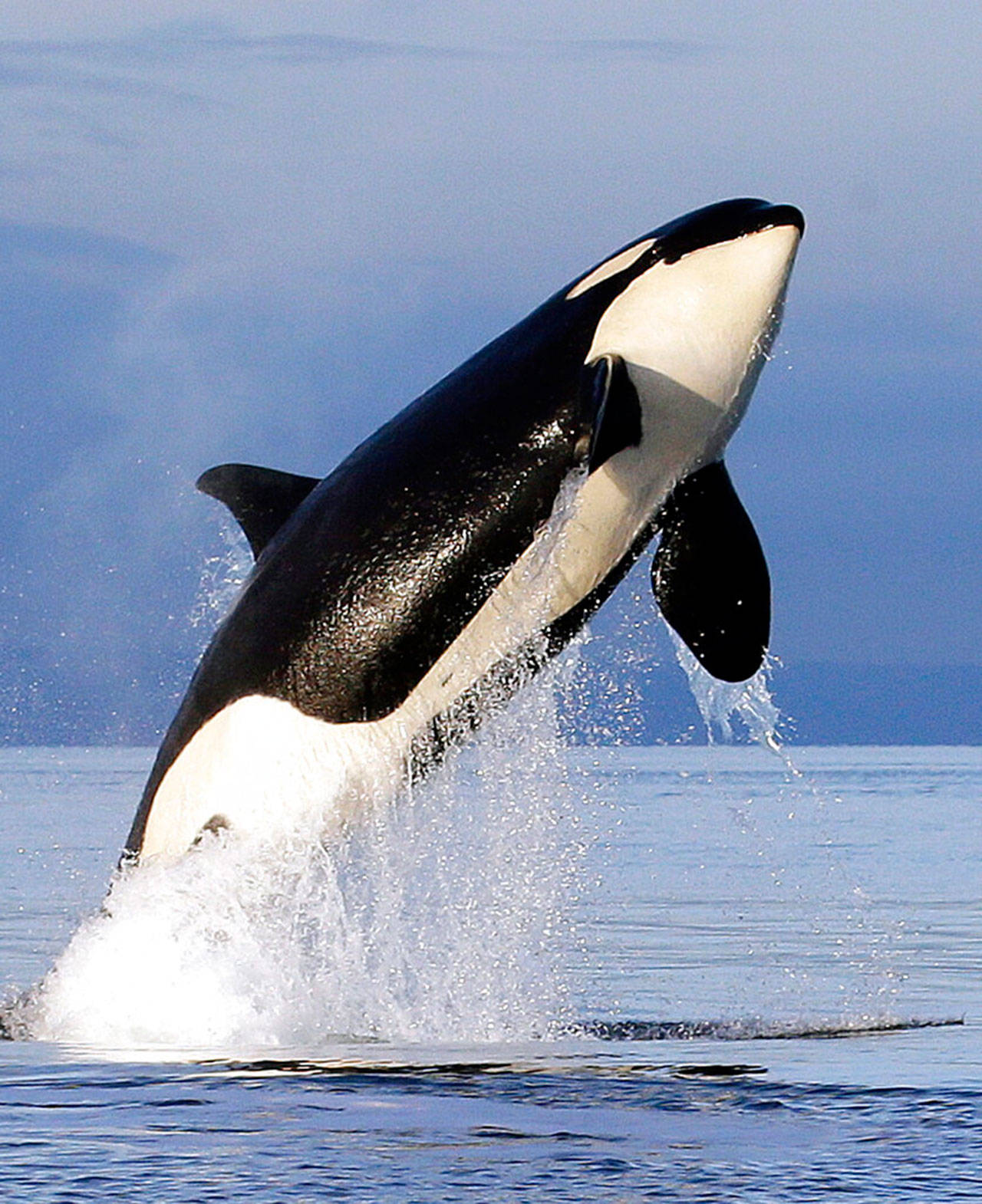By The Herald Editorial Board
Not for the first time, when all evidence — in particular scientific evidence — points in one direction, the Trump administration has gone the other.
Such is the case with its recent move to roll back rules under the Endangered Species Act, the landmark legislation adopted by Congress in 1973 that provides the framework used to protect and rebuild populations of endangered and threatened animal and plant species.
And also not for the first time, coalitions of states, including Washington state, have mounted a legal challenge against the administration’s actions.
Earlier this summer, the Trump administration announced it was changing how the act is applied, making it easier to remove individual species from the endangered list, weakening protections for species listed as threatened and also requiring regulators to review protections — such as identifying and limiting use of critical habitat — over their economic impacts when deciding whether a species warrants protection.
This follows just months after a United Nations panel on biodiversity and the global ecosystem of scientists from 132 nations — which included the United States — approved a report that warned that over the past century the abundance of plant and animal life has declined by more than 20 percent. Of about 8 billion species of plants and animals worldwide, an estimated 1 billion distinct species could go extinct within decades if current trends of development, pollution and climate change are allowed to continue. Among those 1 billion species threatened with extinction are 40 percent of amphibian species, a third of corals and a third of marine life.
And just last week, scientists, writing in the journal Science, reported that the number of birds in North America have dropped 29 percent since 1970. There are now 2.9 billion fewer birds in the U.S. and Canada than there were in 1970, the result of pollution and pesticides and the loss of habitat to development and the impacts of climate change.
This follows the Trump administration’s decision to weaken protections under the Migratory Bird Treaty Act last year.
When the U.N. report was released, the panel’s chairman, Robert Watson warned what was at stake: “For a long time, people just thought of biodiversity as saving nature for its own sake. But this report makes clear the links between biodiversity and nature and things like food security and clean water in both rich and poor countries.”
Earlier this week, attorneys general for 17 states, including Washington state’s Bob Ferguson, filed suit in federal court, challenging the Trump administration’s attempts to gut the ESA. The lawsuit claims the administration has violated the Administrative Procedure Act and the National Environmental Protection Act, failing to provide reasons or an assessment of the environmental impacts before adopting the proposed changes.
And the proposed rule change that orders an assessment of economic impacts is itself a violation of the act, which Congress mandated would consider only science and not economics in federal agencies’ listing decisions.
In Washington state alone, the Endangered Species Act provides protection for 49 species, among them the Southern Resident orca whales, pygmy rabbits, green sea turtles and sockeye, chum and chinook salmon, the last of which which makes up most of the diet of the Salish Sea’s resident orcas.
Wolverines, of which there are fewer than about 20 in this state and 300 in the lower 48 states, are currently a candidate for protection, but the proposed changes to the ESA would make it easier for the government to deny its listing as endangered.
In contrast, when pygmy rabbits were considered nearly extinct in 2001, protections put in place and the reintroduction of rabbits to critical habitat in Eastern Washington’s sagebrush ranges have helped that species rebuild to about 250 rabbits. The goal is a population of about 1,400 in the state.
Where the Trump administration fails most significantly in its attempts to change the act, is in the false choice it relies on between protecting species and promoting economic development.
For decades, the spotted owl has been the “poster scapegoat” for that zero-sum rationalization, blamed with the loss of tens of thousands of logging and mill jobs throughout the Pacific Northwest. The owl’s reputation is unearned, says Erik Loomis, an associate professor of history at the University of Rhode Island.
In a recent commentary in The Washington Post, Loomis notes that most of the job losses in the timber industry occurred before 1990 when the spotted owl was listed as threatened under the ESA and logging was restricted in national forests.
The timber industry employed about 136,000 workers in Oregon and Washington in 1978, but by 1982, improvements in efficiency and automation and changes in export policy that allowed the shipment of raw timber to Japan had cut those numbers to 95,000, Loomis said. Employment then fell another 20 percent by 1991. Protection of the spotted owl, coming at the end of those trends, took the fall.
Gutting the Endangered Species Act won’t bring those jobs back, nor will it protect jobs in the future. But it will limit the protection of species and risks a steady drip of extinctions of animals and plants that are important to our ecosystem and our survival.
Talk to us
> Give us your news tips.
> Send us a letter to the editor.
> More Herald contact information.

























